A palace of fine arts
A San Francisco treat; spending the afternoon in the Guy Hyde Chick house with Foster Goldstrom, art collector and owner of the house - itself a work of art.
-
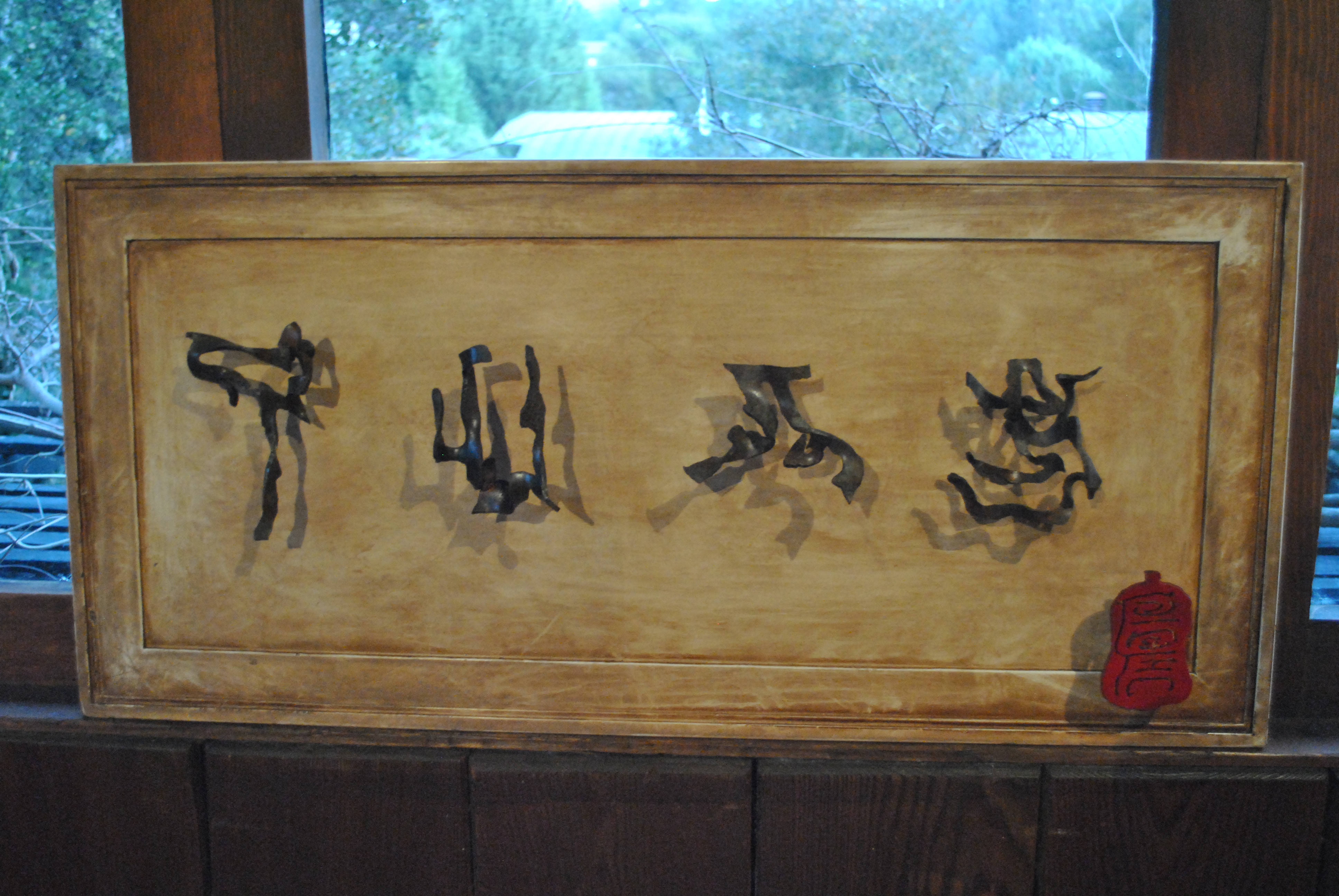 Art work by Feng Jin
Art work by Feng Jin -
-
By Emma Lööf Björnram
-
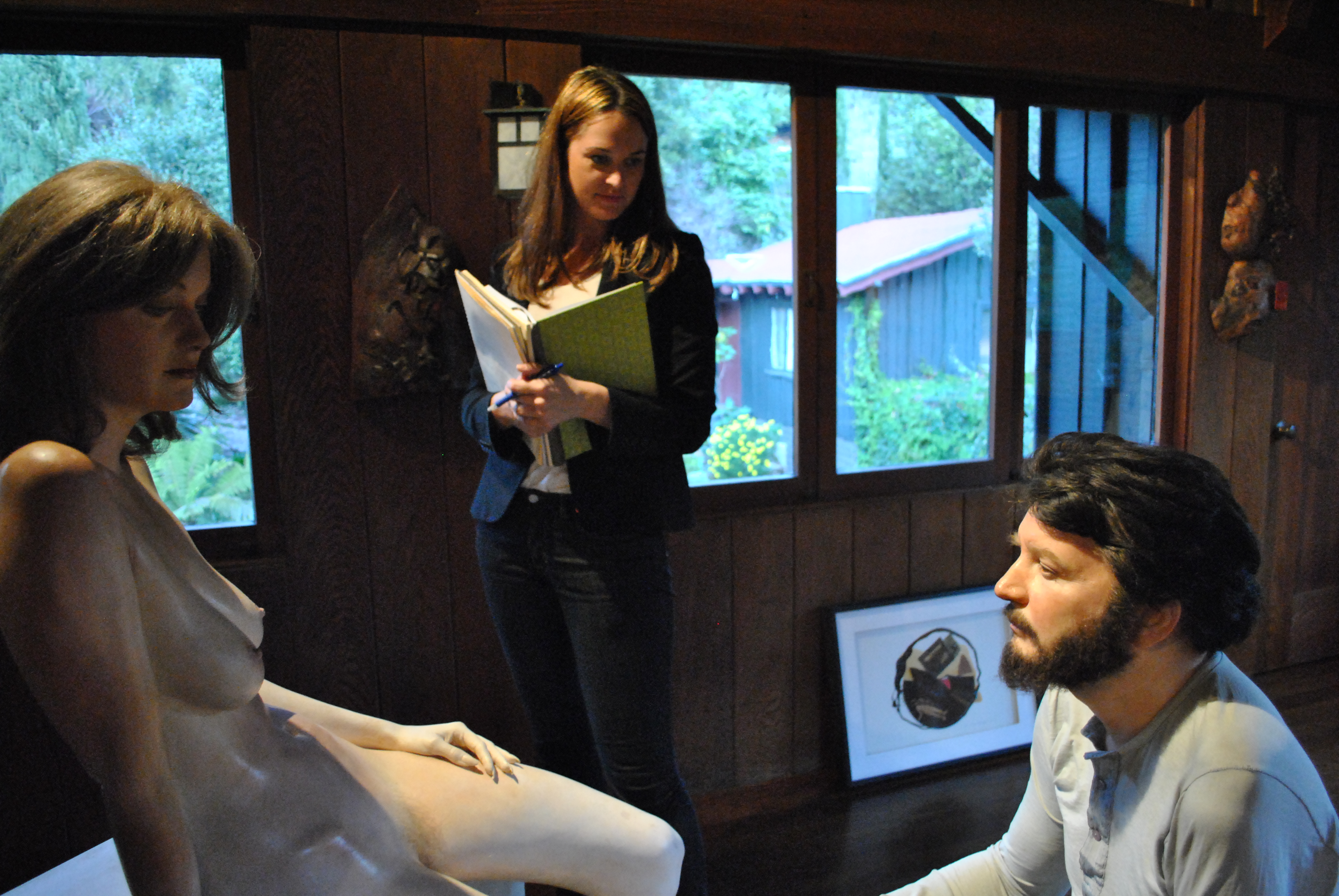 Hyper-realistic sculpture by John De Andrea
Hyper-realistic sculpture by John De Andrea -
-
A San Francisco treat—spending the afternoon in the Guy Hyde Chick house. Outside San Francisco, in Berkeley, California, the Guy Hyde Chick house stands in the woods. As an art student in Sweden I had heard about the house and its architect, Bernard Maybeck, but it wasn’t until I met Karl Mettinger, a member of the Swedish-American Chamber of Commerce, that I got to know about Foster Goldstrom, the owner of the house. “An incredible Maybeck house and an extraordinary art collection can be expected” said Mettinger. And he was right.
-
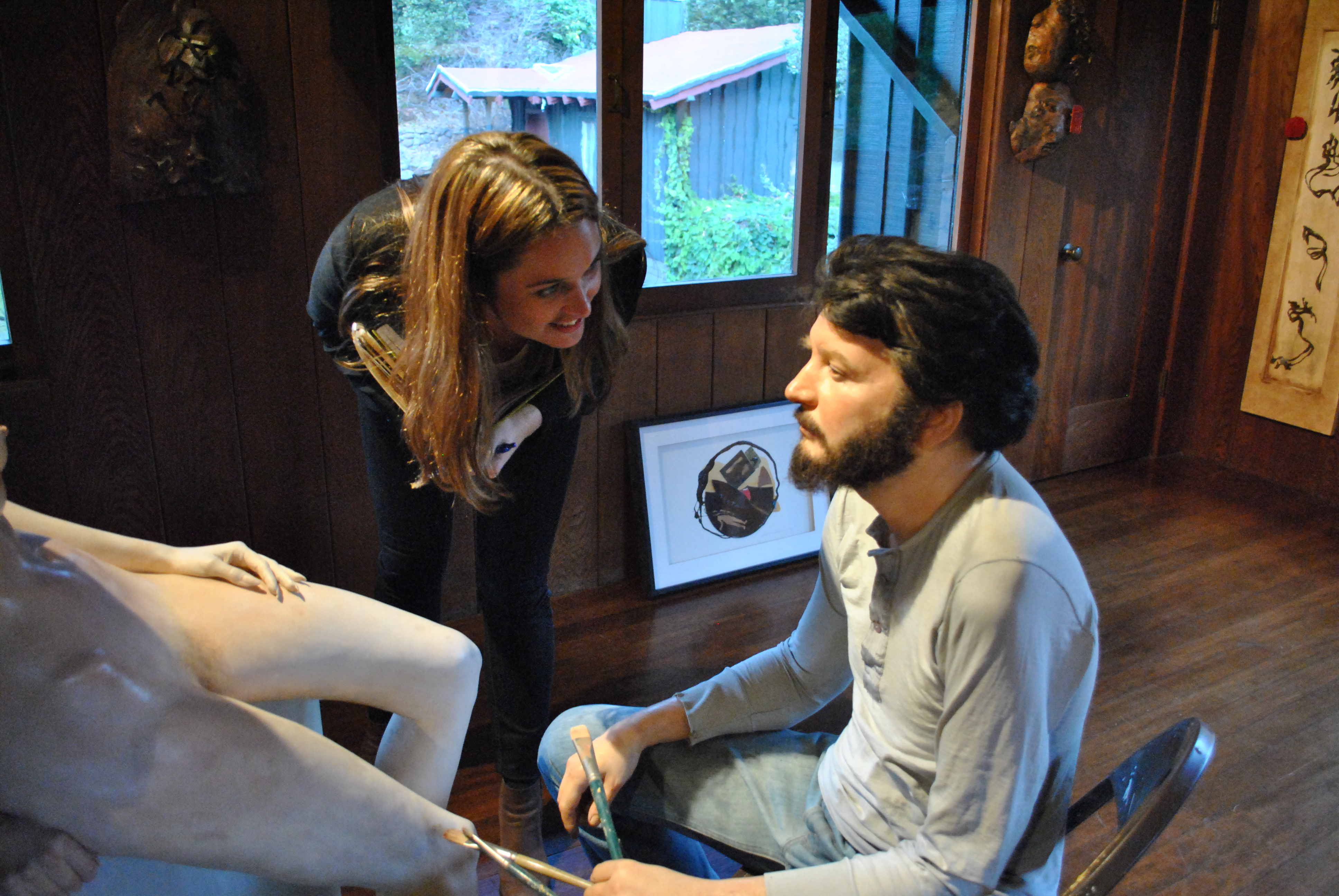 Hyper-realistic sculpture by John De Andrea. Looking to make sure he's not real.
Hyper-realistic sculpture by John De Andrea. Looking to make sure he's not real. -
Not only will you experience a wonderful, eclectic art collection covering 5,000 years of human history inside the extraordinary Guy Hyde Chick house, but you'll also meet the warm and intriguing owner, who, for 40 years has prided himself on his stewardship of the home and collection.
The Guy Hyde Chick house was designed by the famous architect Bernard Maybeck, the man behind the Palace of Fine Arts—built for the 1915 Panama Pacific International Exposition—and other important Bay Area buildings.
Foster Goldstrom is the man who will greet you at the door and welcome you to his home and museum. In his early days working as a clerk on the floor of the stock exchange in the financial district in San Francisco, he discovered that he had a “nose for the arts” and he started working in an art gallery. Later he branched out on his own, building a life of fine art, architecture, wine and food … and the rest is history.
The first thing that struck me upon entering the house was the modern atmosphere of this 1914 creation. Maybeck believed people should be “living with the nature.” Goldstrom told me acquaintances of his, who believe in feng shui, said the house was built in that belief, even though it’s not probable Maybeck could have known of feng shui principles back in 1914.
It’s important to be aware of how it was living in San Francisco during the early 1900s. Factories and heat ran on coal, sanitation was minimal, there were no refrigerators and horses provided transportation. You can only imagine the smell in the air during this time—then imagine stepping into this natural, light and fresh environment. Maybeck, an early environmentalist, understood living in the midst of nature could be healthy, so he built his homes to relate to and join with fresh air and the beauty of gardens and trees. Using craftsman architecture and fine materials in simple ways, Maybeck created simple but grand homes with humble elegance. Thousand-year-old redwood is used in the Guy Hyde Chick house, along with beautifully patinaded concrete surfaces in the almost all-glass house. Windows were inspired by the Palace of Versailles, seen during Maybeck's studies at the Ecoles des Beaux Arts in Paris 1880.
Maybeck used Gothic architectural details on most of his designs, knowing the European heritage is important to Americans—he knew enhancements like that would appeal to his clients. The home is surrounded by an acre of ancient gardens sloping down a gentle hillside with 400-year-old live California oak trees.
It’s hard to choose which works of art to mention because there are so many and every single piece has its story. For me, being a pop-art enthusiast, the Andy Warhol Campbell Soup Can sculpture was a high point. Another piece that really left an impression was a painting by Arvie Smith called “Gold Dust Twins.” It’s breaking all the politically correct boundaries and no matter the opinion about the motive it will leave no one unaffected.
In a room on the top floor I jumped out of fear and surprise. There sat a man creating a sculpture of a woman. It was not until I actually touched the person that I realized it was a hyper-realistic sculpture—the amazing work of John De Andrea.
In 1991 the Oakland fire destroyed most of the area and 3000 houses were burned to the ground. Goldstrom was at home but realized he had to leave to survive. He kissed the house farewell and left.
Returning home later, he could only hope that something was left of his Guy Hyde Chick house. Climbing the pathway through the burned remnants of the historic garden, he could see that most of the garden had been eaten by the flames. The entire Chabot Canyon had been totally obliterated. Amazingly, in front of him stood the house, in near-perfect condition. There was no reason for such a miracle, as the water pump had broken down and there was no fire department to save the neighborhood.
Some people live with a lucky star following them wherever they go and Foster Goldstrom is one of them. And thanks to that, one of Maybeck's masterpieces is still with us today and open to anyone who wants to experience fine architecture, incredible art, and to meet the man who always thinks “what would Maybeck do?” Foster Goldstrom. -
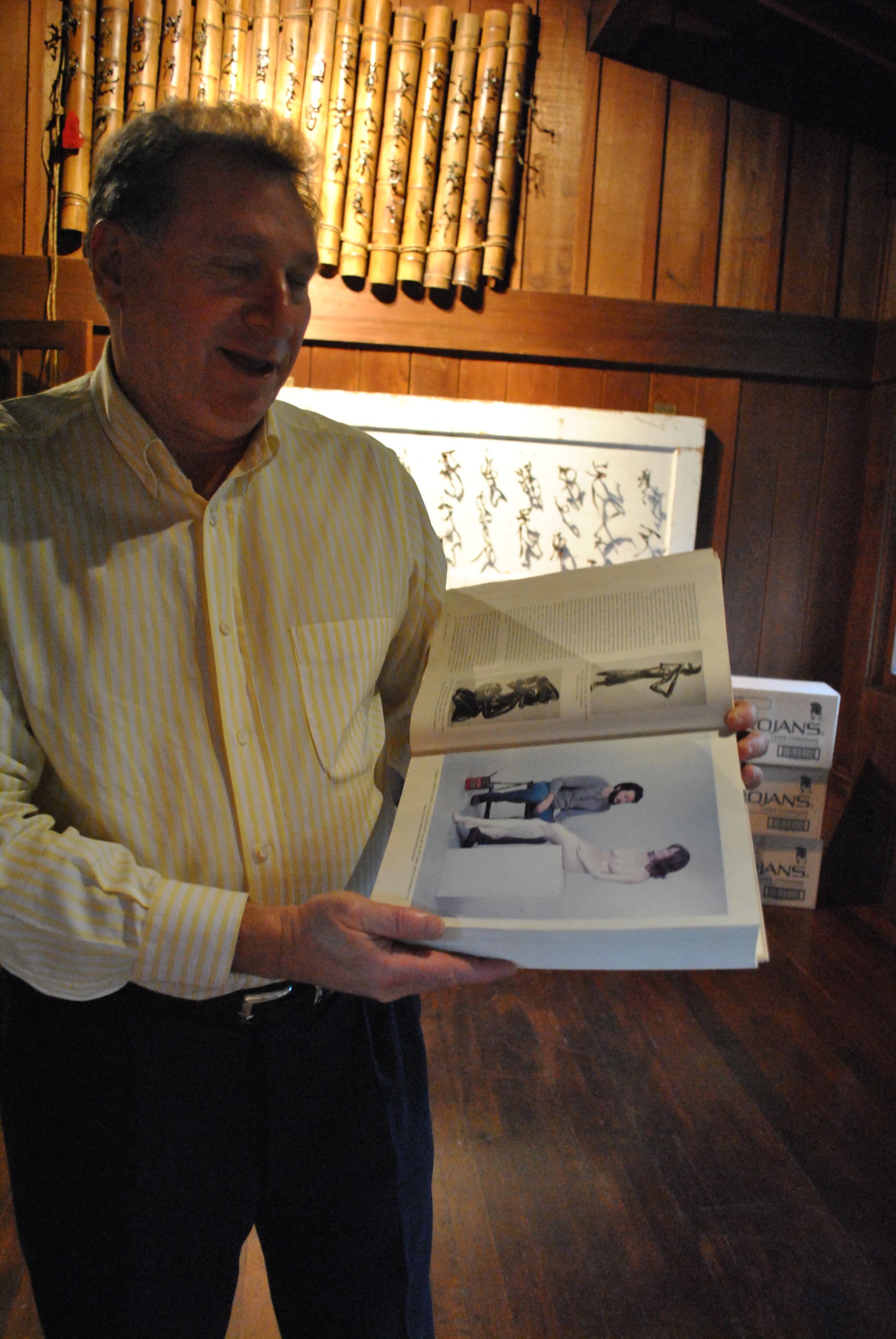 Foster Goldstrom shows the John De Andrea sculpture in an art book
Foster Goldstrom shows the John De Andrea sculpture in an art book -
Bernard Maybec
Guy Hyde Chick House
7133 Chabot Road
Oakland -
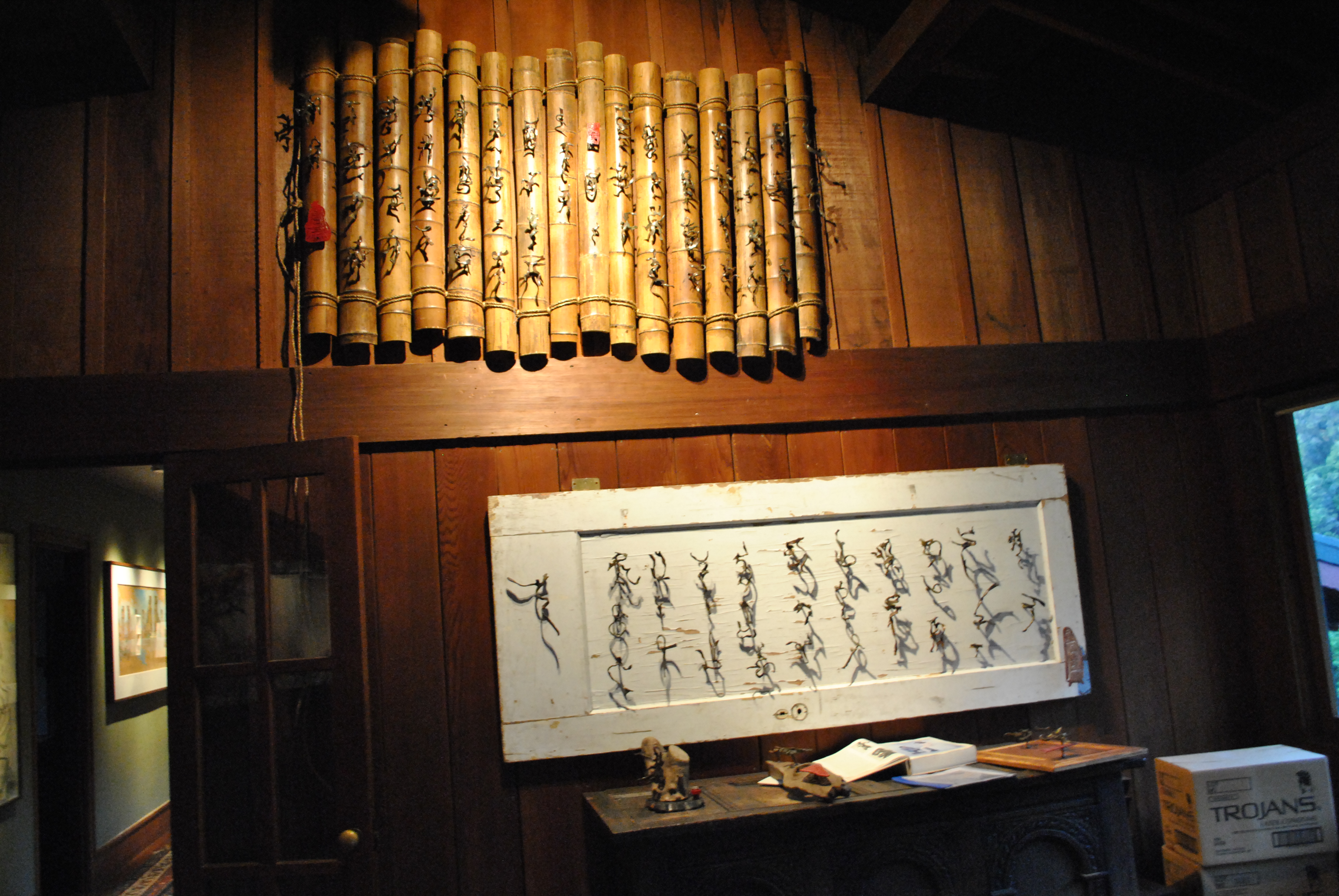 Two pieces of art work by Feng Jin
Two pieces of art work by Feng Jin -
By Emma Lööf Björnram
For more info on the San Francisco Swedish Chamber of Commerce, see SACC San Francisco/Silicon Valley -
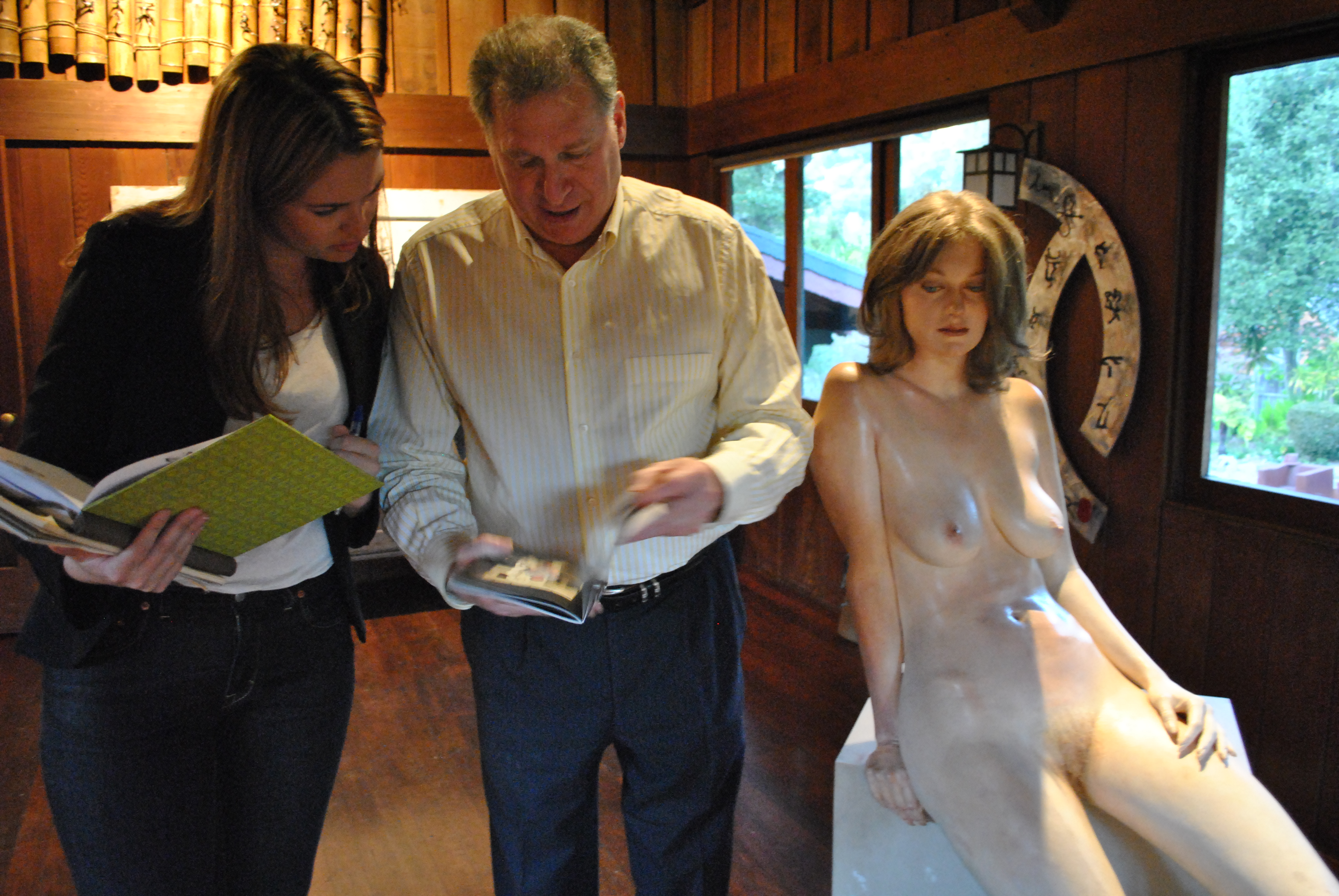 Emma Lööf Björnram and Foster Goldstrom studying the work by John De Andrea
Emma Lööf Björnram and Foster Goldstrom studying the work by John De Andrea -
-
